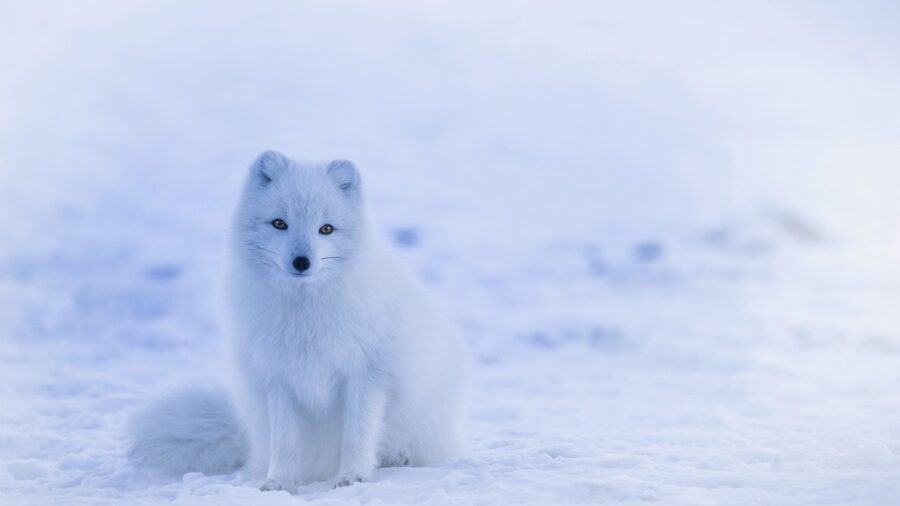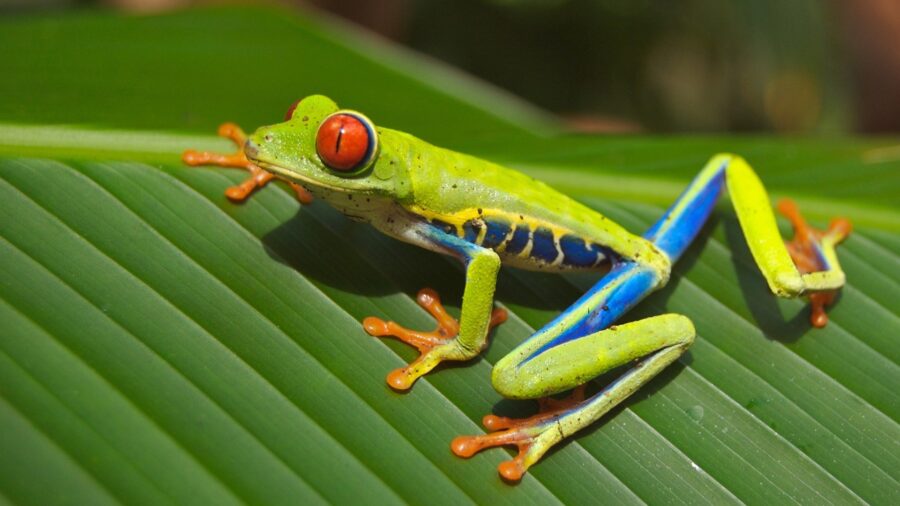Global Wildlife Is Dying Faster Than We Thought
A new study says over half of the world's species are facing steep population declines.

Sure, New York City will soon be lost at sea and AI is slowly but surely taking over the job market, but we know there’s still plenty of room in your brain for worrying. How about this one: according to CNN, the global loss of wildlife is “significantly more alarming” than what we’ve believed. A new study reveals that somewhere around half of the Earth’s species are facing devastating population declines.
While domestic pets like dogs are winning the race with growing brains, it’s not looking so good for global wildlife with their biggest threat being humanity. The worst part is that because of mankind’s hum-drum nature when it comes to solving a crisis of this magnitude, it will likely open the floodgates for what will become a “sixth mass extinction.” As humanity continues to expand and push its way into land that has previously been called home by animals, as well as take from the planet’s resources, we drive out those species and take away their ability to survive.
According to the report, the researchers backing the study delved into over 70,000 species spread out on planet Earth. From mammals to birds and reptiles, amphibians, fish, and insects, global wildlife scientists left no waters uncharted, no land uncrossed, and no stones unturned. The goal of their assessment was to determine whether the populations of these creatures were dwindling, staying the same, or growing – and the results weren’t what they had hoped for.
Sadly, it was discovered that 48% of the species studied were seeing their populations backslide with less than 3% seeing any sort of incline whatsoever. Co-author of the report, Daniel Pincheira-Donoso, said that the hard and upsetting facts that they discovered about global wildlife are a “drastic alert” for humanity to get its collective act together. He went on to explain that this was one of the largest studies to be performed and that it better displayed the magnitude of the problem than smaller bits of research – although each piece has pointed to the same worry.

So, who’s facing the worst of this crisis? Out of all the global wildlife which were focused on during this study, the conclusion was that amphibians are facing the biggest threat from disease and climate change. Likewise, mammals, birds, and insects are certainly not having their best days in the sun as each has been facing a rapid decline. Fish and reptiles seem to be the safest species on the list (for now) as they’ve for the most part been able to maintain their populations without any drastic change one way or the other.
Of course, this global wildlife study casts a damning light on what could happen if we don’t change our tune when it comes to better-protecting nature and critters that share the planet with us. While in recent months, we’ve been able to point to artificial intelligence and aliens as the reason why we as a species may be wiped out, it may come down to our own gross negligence. If we wipe out the planet around us, we leave no hope for our future.











